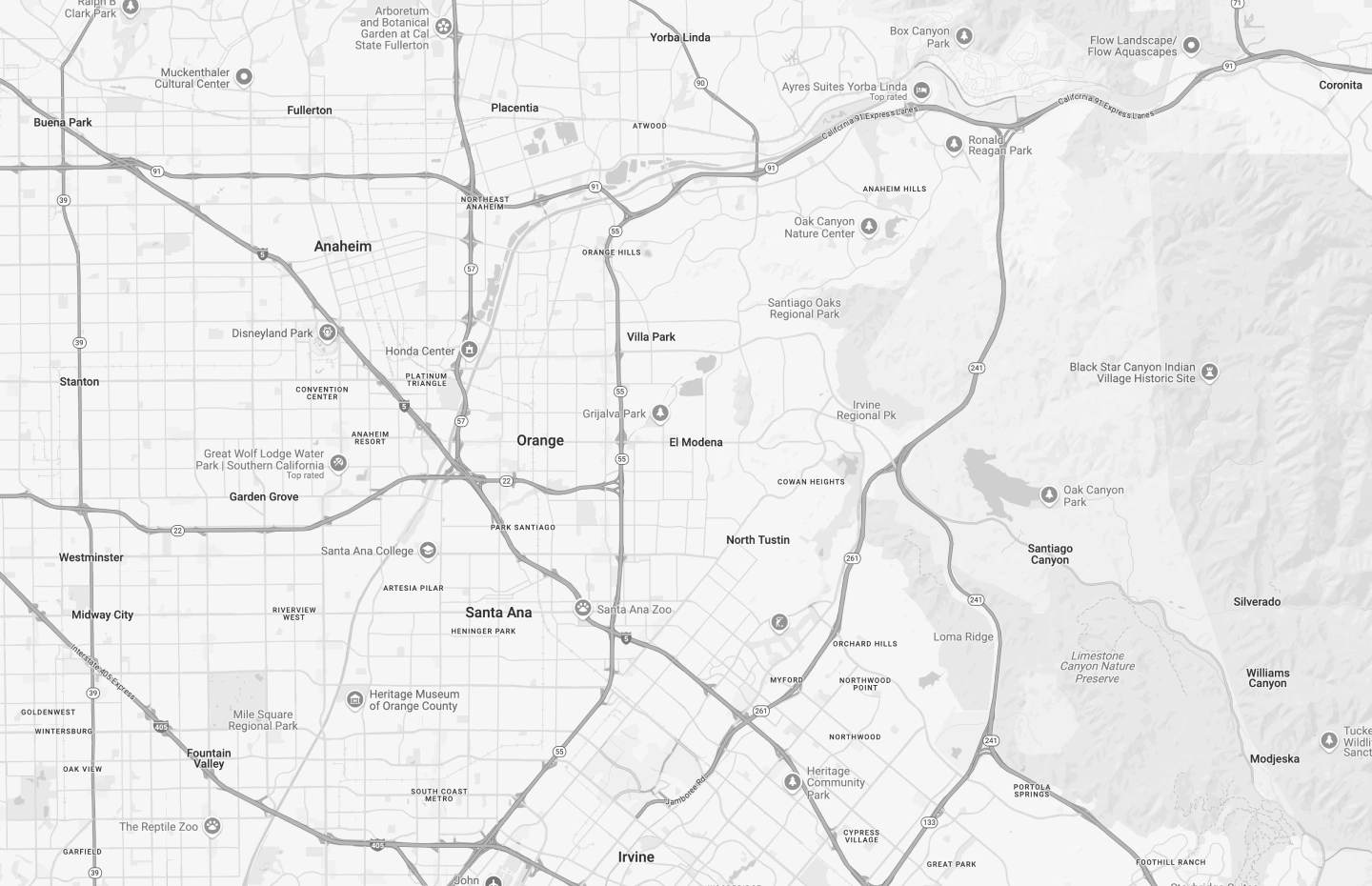Comparing Hemorrhoid Treatment Options
When considering treatment options for hemorrhoids, it’s helpful to understand how hemorrhoid embolization compares to other common approaches.
Conservative Treatments vs. Embolization
Conservative measures like dietary changes, topical creams and sitz baths are typically the first line of defense against hemorrhoids. While these approaches may provide temporary relief for mild cases, they rarely address the underlying issue in more severe cases. Hemorrhoid embolization offers a more definitive solution by targeting the source of the problem.
Rubber Band Ligation vs. Embolization
Rubber band ligation involves placing a small elastic band around the base of a hemorrhoid to cut off its blood supply. While effective for smaller hemorrhoids, this technique can cause significant discomfort and typically treats only one hemorrhoid at a time. In contrast, embolization can address multiple hemorrhoids simultaneously with less discomfort.
Surgical Hemorrhoidectomy vs. Embolization
Traditional hemorrhoidectomy involves surgically removing hemorrhoid tissue. While effective, this procedure typically results in significant pain, bleeding, and a recovery period of several weeks. Hemorrhoid embolization avoids these drawbacks, offering comparable results with minimal downtime and discomfort.






